Tips for Landscape Photography
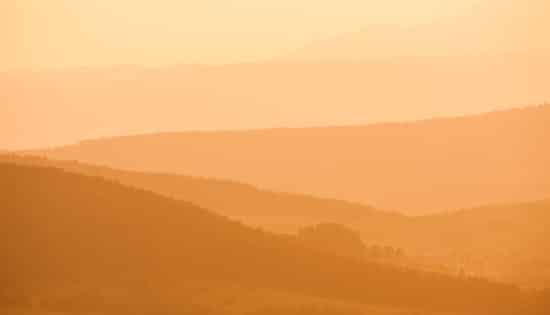
There are a lot of articles we could write about landscape photography. But in this one, we take a look at this genre’s major guidelines and at things to keep in mind before pressing the trigger.
What to Take on the Road…
Sometimes people ask me what the best lens is for landscape photography. I tell them I don’t know. Any lens will produce an acceptable landscape photo, it’s just that some will produce different photos than the others. But, OK. Probably the most impressive pictures come from ultra-wide lenses, that is, ones with a focal length of 20 mm film equivalent or less. For cameras with the widely-used APS-C sensor size format, this works out to a focal length of 13 mm or less.
I take this lens type on the road myself. I also take a telephoto lens to capture a variety of detail shots. The lenses in-between, meanwhile, I leave at home. Compare the following two pictures for example:
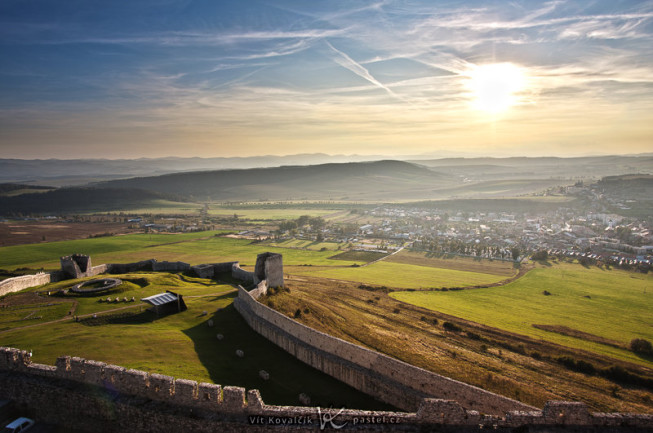
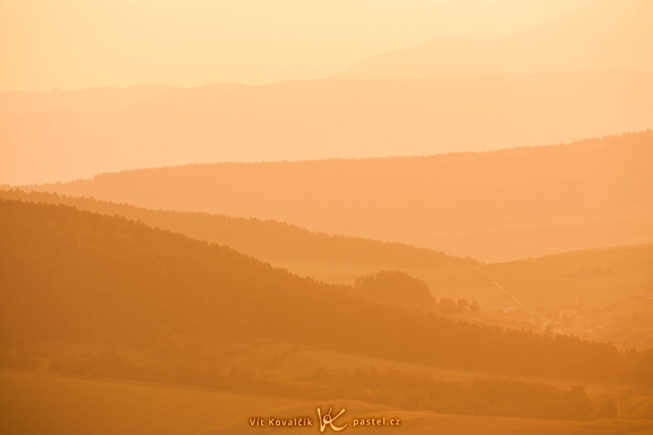
…Besides the Camera
In landscape photography, you want to have everything sharp, and so you’ll almost always be using f-stops of F8 and beyond. The best time of day for photographing open landscapes is the “golden hour,” that is, the time around dusk or dawn that’s full of long shadows that add depth to the landscape. While long on beauty, the golden hour is however short on light. That’s why the real number one aid for a professional landscape photographer is a tripod. But if you want to head out for a trip and you’re not up for being loaded down (and your friends aren’t up for you slowing them down), then you can try just raising the ISO.
And if you really want to have everything just right, you can turn to other accessories designed to improve image quality. Polarizing filters are the classic here. They increase contrast in clouds and prevent reflections off of plants. Unfortunately, their secret weakness is… ultra-wide lenses. That’s because with these lenses, the rim of the filter often affects the corners of the picture, causing ugly vignetting.
Camera Filters You Might Want
For advanced landscape photography, you might also want to carry a gradient filter, or even several. These pieces of glass (or plastic) are transparent at one end and dark at the other. They come in various types with various sizes and variously sharp transitions in the middle. They are designed to be attached to a lens’s front flange or inserted into a special holder (or held manually in front of the lens). They are used to darken the sky, which is usually too bright in photos relative to the ground. Their rectangular shapes and special holders help a photographer line them up precisely against the horizon.
Then there are the more complicated reverse gradient neutral density filters, which are transparent at one end, then sharply transition to a very dark color, and then gradually transition back to transparency after that. These filters are made for photographing sunrises and sunsets, where the brightest part of the scene is somewhere in the middle, and the scene is darker towards the bottom and top.
Dropping Weight
All of these filters can be replaced using digital edits, generally by brightening part of the picture, though it’s always at the cost of increasing noise. In order to be able to make these computer edits, you’ll need to start from a picture where the sun or clouds are not overexposed, and the image is of maximal quality—in other words, in RAW. This is how typically I handle these shots, because I don’t often have the patience for playing with filters on-site, and the quality after a computer edit is usually good enough.

Another alternative here is to take several different exposures from the exact same spot and then join them into a single picture on a computer—that is, to use the technique called HDR. That’s a topic broad enough on its own for more than one article.
Getting the Horizon Right
No matter what gear you use, you also have to think about composition. The most common beginner’s mistake is to place the horizon right in the middle of the photo. While there are some photos where this arrangement might look elegant, in most photos it definitely won’t. It’s better to put the horizon about a third of the way into the picture, from either the bottom or the top, depending on whether ground or sky is more interesting (and important for you) in this picture. Watch out that you don’t tilt the horizon; this can be fixed on a computer, but—still.
Try to include a nearby object in the picture to add depth to it. Note the difference in the following photographs:
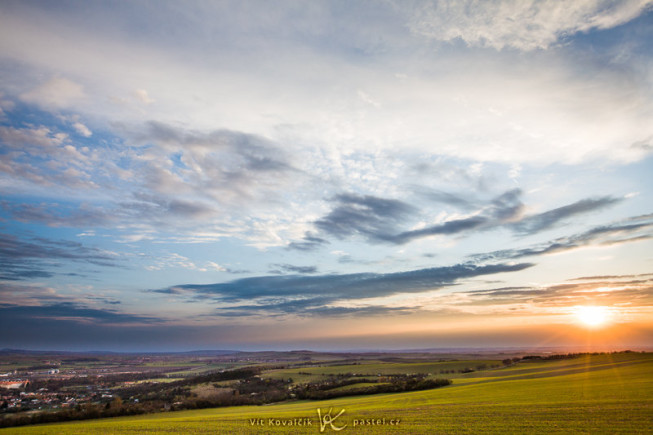

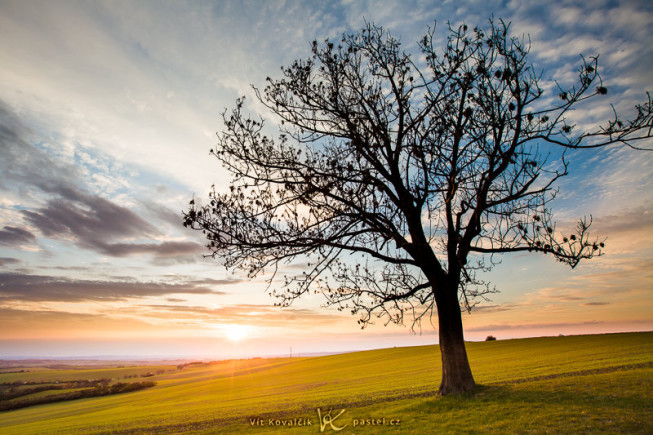
Guidelines to lead the viewer’s eyes around the picture are also very useful:
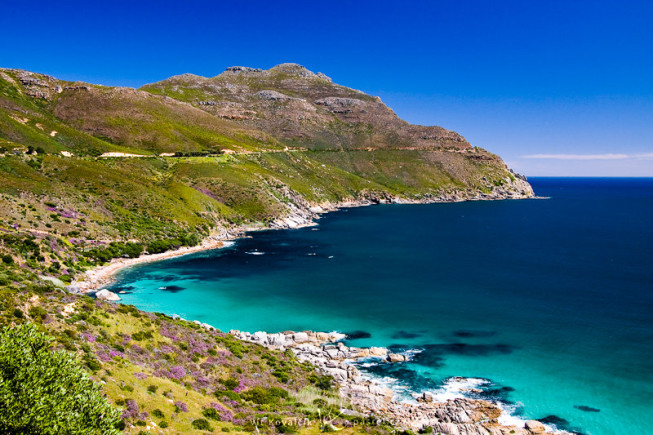
I should note before I wrap this up that just because it’s landscape photography doesn’t mean it can’t contain people. People help establish scale and provide anchor points. They can really be a foundation for a picture’s composition. Best of luck on your human photo safari!
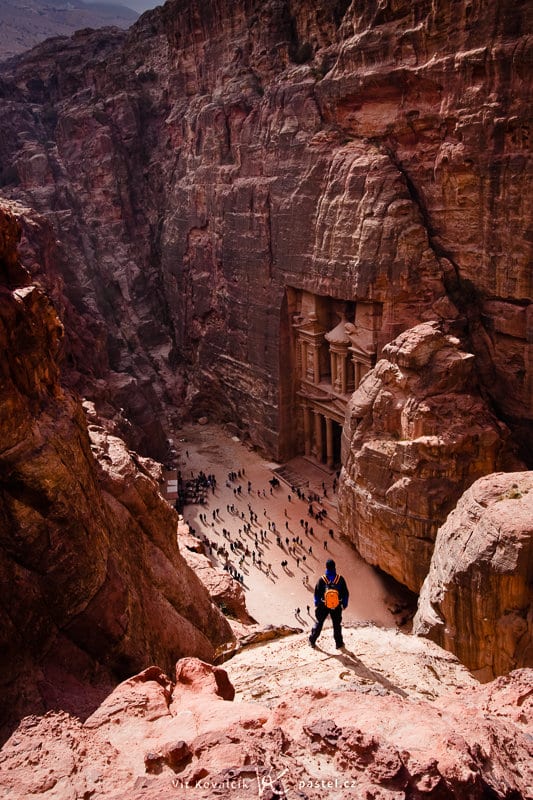
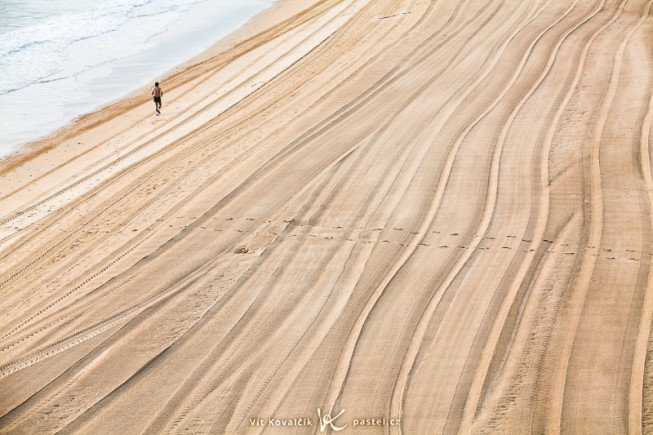

There are no comments yet.